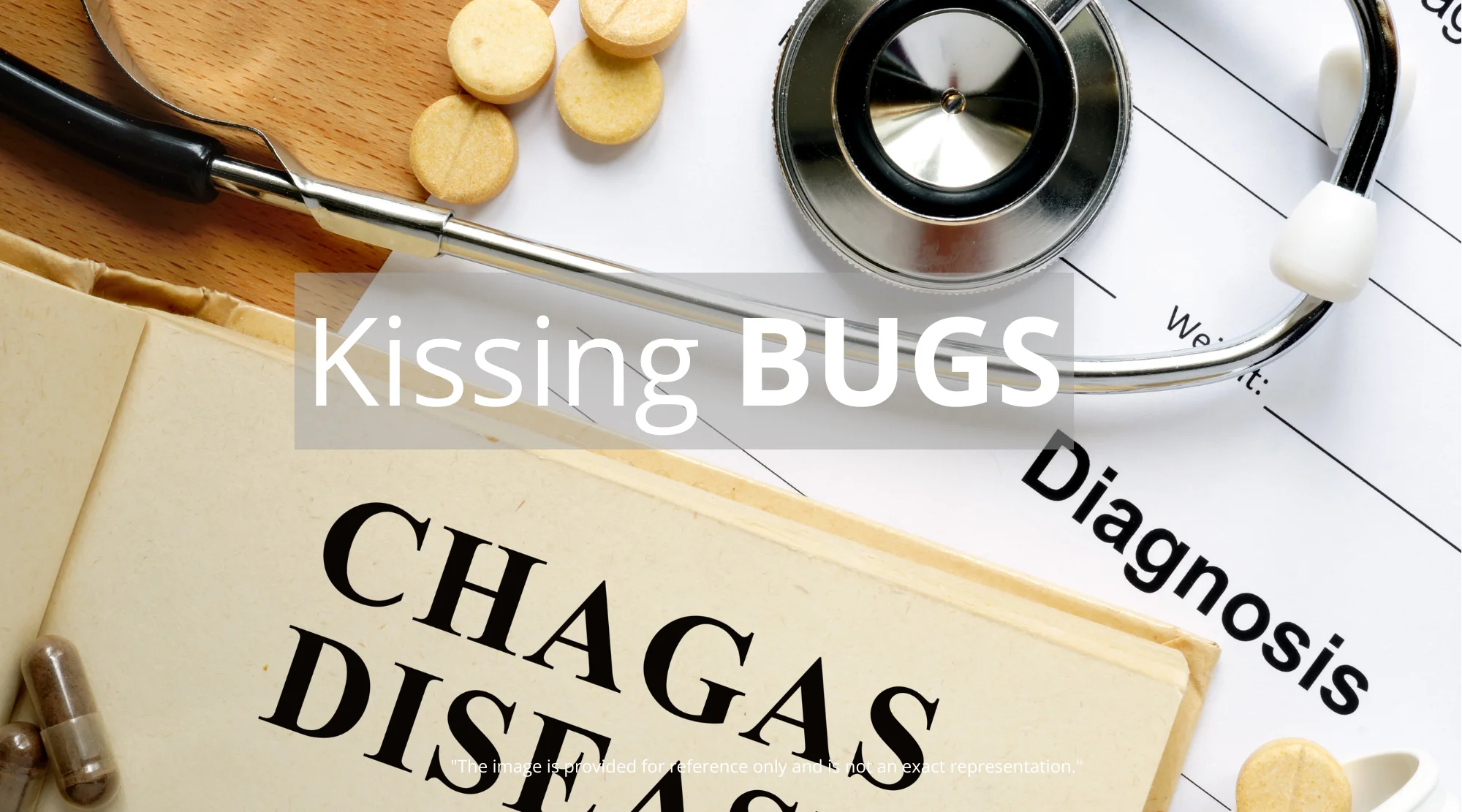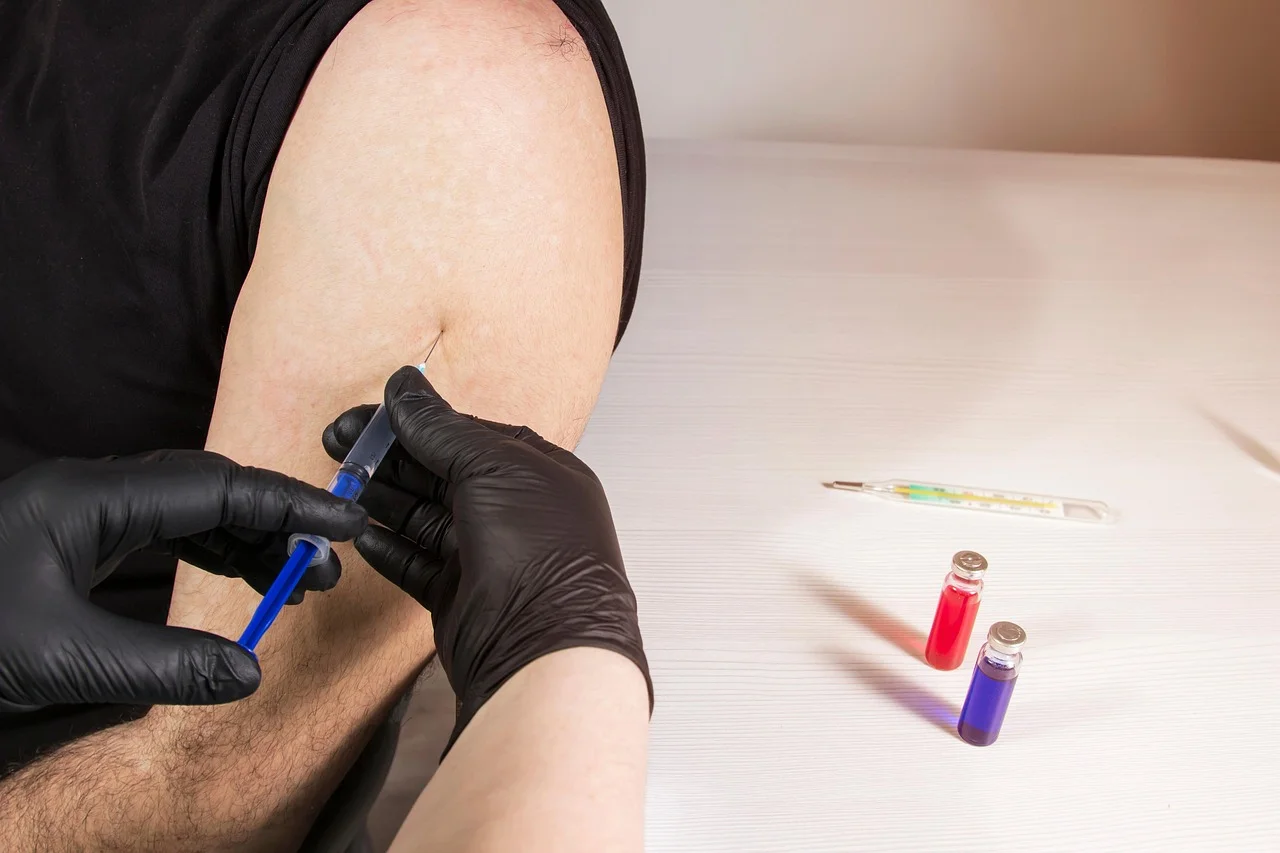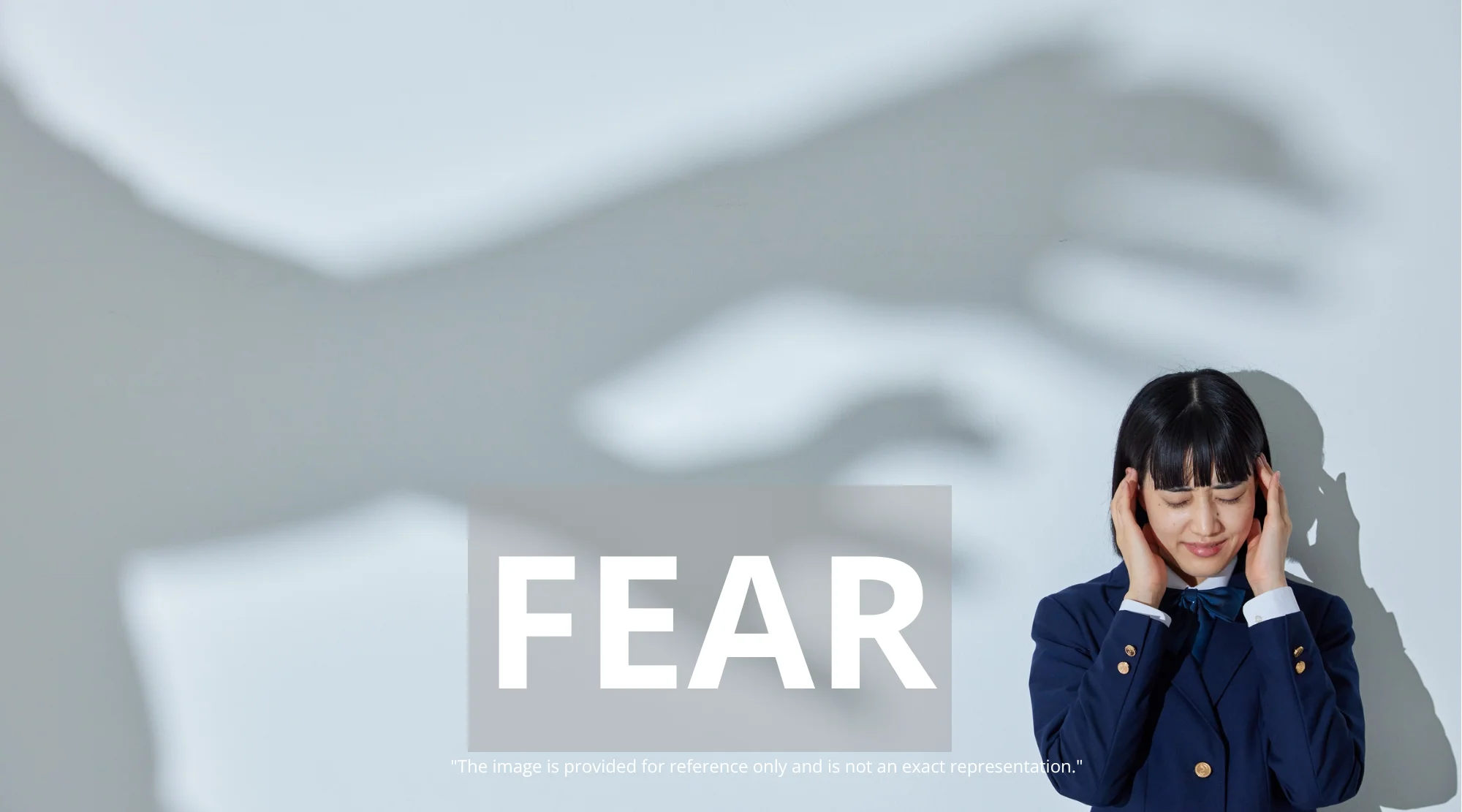Are You at Risk? Understanding the Threat of Kissing Bugs and Chagas Disease
A silent threat is lurking, and it could be closer than you think. Kissing bugs, carriers of the parasite Trypanosoma cruzi which causes Chagas disease, are becoming increasingly prevalent in the United States. While often called “kissing bugs” due to their tendency to bite near the mouth, these insects pose a serious health risk. Understanding the risks associated with these bugs, their habitats, and how to protect yourself is crucial for maintaining your health and well-being. This article will provide essential information about kissing bugs, Chagas disease, and what you can do to safeguard your family.
Identifying Kissing Bugs: What You Need to Know

Proper identification is the first step in protecting yourself. Kissing bugs, also known as triatomines, are nocturnal insects that feed on the blood of mammals, birds, and reptiles. They are typically found in the southern United States but have been reported in other areas as well.
- Appearance: These bugs are usually brown or black, with distinctive red or orange markings along the edges of their bodies. They are about 1 inch long and have a cone-shaped head.
- Habitat: Kissing bugs often live in cracks and crevices in walls and roofs of poorly constructed homes, as well as in outdoor settings like rock piles, wood piles, and animal burrows.
- Behavior: They are most active at night, seeking out hosts while they sleep. The bites are often painless, making it easy to be unaware of their presence.
Chagas Disease: Understanding the Risks
Chagas disease, transmitted by kissing bugs, is a parasitic infection that can cause serious health problems if left untreated. It’s crucial to understand the risks and symptoms associated with this disease.
- Transmission: The parasite Trypanosoma cruzi is transmitted through the feces of the kissing bug. The bug typically defecates after feeding, and the parasite enters the body when the bite wound is scratched or rubbed, allowing the feces to enter the skin.
- Symptoms: The acute phase of Chagas disease may present with mild, flu-like symptoms, such as fever, fatigue, body aches, headache, rash, loss of appetite, diarrhea, and vomiting. There may also be a purplish swelling of the eyelid if the bite is near the eye, called Romaña’s sign. Many people experience no symptoms at all during this initial phase, which can last for several weeks or months. The chronic phase can develop years or even decades after the initial infection and may lead to severe heart and digestive problems.
- Complications: Chronic Chagas disease can lead to heart failure, enlarged heart (cardiomyopathy), enlarged esophagus (megaesophagus), or enlarged colon (megacolon). These conditions can be life-threatening. The CDC provides detailed information about the disease and its progression. (External link to CDC: https://www.cdc.gov/parasites/chagas/index.html)
Where are Kissing Bugs Found? Prevalence and Risk Factors
Understanding the geographic distribution of kissing bugs and the factors that increase your risk of exposure is essential for prevention.
- Geographic Distribution: Kissing bugs are primarily found in the southern United States, including Texas, Arizona, New Mexico, and California. However, they have been reported in other states as well, making it important to be aware of their presence regardless of your location.
- Risk Factors: People living in rural areas, particularly those with poorly constructed homes or close proximity to animal habitats, are at a higher risk. Outdoor activities such as camping and hiking can also increase exposure. Pet owners should also be vigilant, as animals can bring the bugs into the home. Ensuring proper sleep hygiene is paramount, too. Check out this article on Magnesium for Sleep: Does It Really Work? Benefits, Myths & Science: https://befullbehealth.com/2025/magnesium-for-sleep-does-it-really-work-benefits-myths-science/.
Prevention Strategies: Protecting Yourself and Your Home
Taking proactive measures to prevent kissing bug bites is the best way to avoid Chagas disease. Here are some practical steps you can take:
- Seal Entry Points: Seal cracks and crevices in walls, roofs, and around windows and doors to prevent bugs from entering your home.
- Use Insecticides: Apply insecticides around the perimeter of your home and in potential hiding places for kissing bugs. Always follow the manufacturer’s instructions carefully.
- Clear Vegetation: Keep vegetation around your home trimmed and remove debris such as wood piles and rock piles that can serve as habitats for these bugs.
- Protect Pets: Keep pet resting areas clean and consider using insecticide collars or sprays recommended by your veterinarian.
- Use Bed Nets: If sleeping outdoors or in poorly constructed buildings, use bed nets to prevent bites while you sleep.
- Indoor Lighting: Since kissing bugs are attracted to lights, consider turning off outdoor lights or using yellow “bug lights,” especially near entrances to your home.
What to Do if You Suspect a Kissing Bug Bite
If you suspect you’ve been bitten by a kissing bug, it’s important to take action to prevent potential infection.
- Clean the Bite: Wash the bite area thoroughly with soap and water.
- Avoid Scratching: Refrain from scratching the bite to prevent the parasite from entering the body.
- Monitor Symptoms: Watch for any symptoms of Chagas disease, such as fever, fatigue, or swelling around the bite area.
- Seek Medical Attention: If you experience any symptoms or suspect you may have been infected, consult a healthcare professional for testing and treatment. Early detection and treatment are crucial for preventing long-term complications. Early intervention can make a significant difference. Consider reading Unlock Laser Focus: How Magnesium Can Sharpen Your Mind: https://befullbehealth.com/2025/unlock-laser-focus-how-magnesium-can-sharpen-your-mind/ if you are also feeling brain fog.
Diagnosis and Treatment of Chagas Disease
Early diagnosis and treatment of Chagas disease are essential for preventing serious health complications.
- Diagnostic Tests: Chagas disease is typically diagnosed through blood tests that detect the presence of antibodies to Trypanosoma cruzi. Additional tests may be needed to assess the extent of organ damage.
- Treatment Options: The two primary medications used to treat Chagas disease are benznidazole and nifurtimox. These drugs are most effective during the acute phase of the infection but can also be used in the chronic phase to reduce the risk of complications. Treatment decisions should be made in consultation with a healthcare professional.
- Supportive Care: In addition to antiparasitic medications, supportive care may be necessary to manage specific complications, such as heart failure or digestive problems.
Debunking Common Myths About Kissing Bugs
There are several misconceptions about kissing bugs and Chagas disease. Here are some common myths debunked:
- Myth: Kissing bugs are only found in Latin America.
- Fact: While Chagas disease is more prevalent in Latin America, kissing bugs are also found in the United States.
- Myth: Chagas disease is always fatal.
- Fact: With early diagnosis and treatment, Chagas disease can be effectively managed, and the risk of serious complications can be reduced.
- Myth: Only people living in poverty are at risk.
- Fact: While substandard housing increases the risk, anyone can be exposed to kissing bugs, especially those living in or visiting rural areas.
The Future of Kissing Bug Research and Prevention
Ongoing research is essential for developing new strategies to prevent and treat Chagas disease.
- Vaccine Development: Scientists are working on developing a vaccine to prevent Chagas disease. While a vaccine is not yet available, research is promising.
- Improved Diagnostics: Efforts are underway to develop more sensitive and rapid diagnostic tests for Chagas disease, allowing for earlier detection and treatment.
- Public Health Initiatives: Public health agencies are implementing programs to educate the public about kissing bugs and Chagas disease and to promote prevention measures. These initiatives include surveillance, vector control, and community outreach. You can find out about local initiatives from your county’s health department.
Conclusion: Staying Vigilant Against Kissing Bugs
Kissing bugs and Chagas disease pose a real threat, but with knowledge and proactive measures, you can protect yourself and your family. Understanding how to identify these bugs, recognizing the risks of Chagas disease, and implementing effective prevention strategies are key. Stay informed, take precautions, and seek medical attention if you suspect exposure. Your health and well-being depend on it. Consider boosting your health this week by applying these Simple, Proven Wellness Tips for a Better You: https://befullbehealth.com/2025/boost-your-health-this-week-simple-proven-wellness-tips-for-a-better-you/.














Post Comment